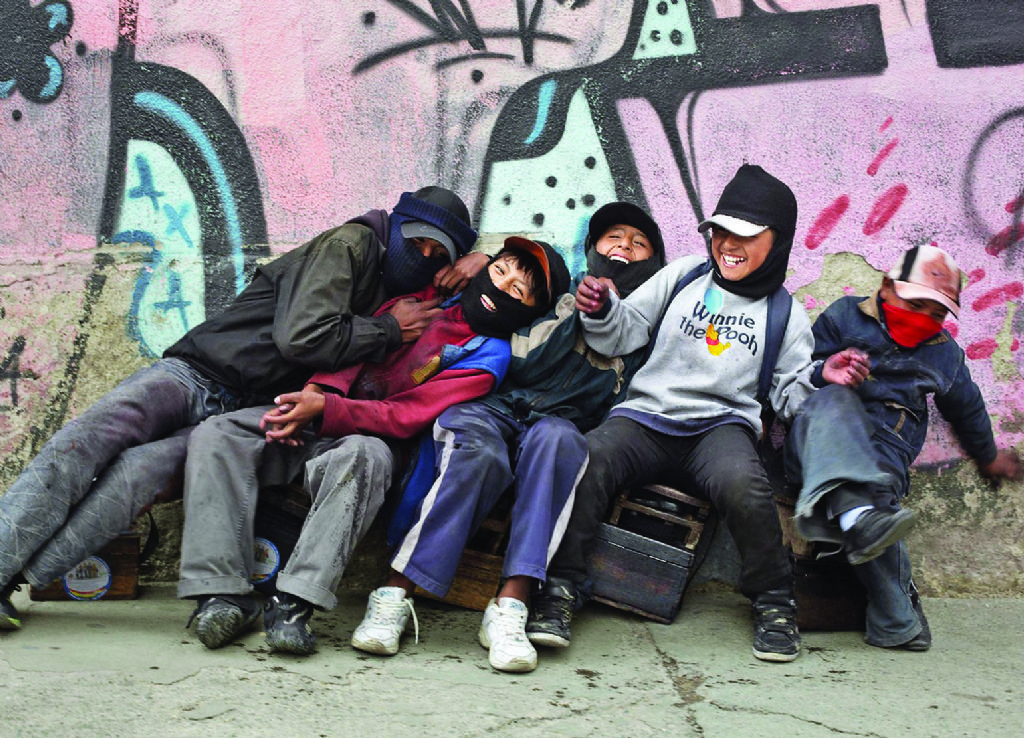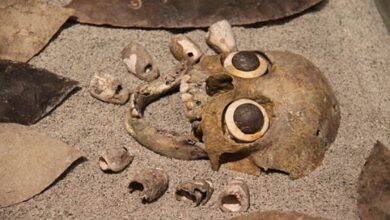Is child labor in Bolivia wrong?


According to the International Labour Organization 168 million children in the world work. More than half of them, 85 million, are in hazardous work. Asia and the Pacific host the largest number, almost 78 million, (9.3% of their population) and Sub Saharan Africa is the region with the highest incidence, over 21% of their population (59 million).
Latin American and the Caribbean fall third in this ranking as there are about 13 million children in child labor. Most of them work in agriculture but others risk their lives while working in mining, dumpsites, as domestic workers, manufacturing and fishing.
But is it child labor wrong in Bolivia?
About 850,000 children work in the country, some as young as four of five years old. Kate Stewart in her Global Development Podcast explored whether child work in Bolivia could be justified by the country’s cultural context.
According to Alfredo Ruben Targue, one of her interviewed, “a child has to help their family because a child is part of the family. A child never is going to do nothing, they don’t sit around doing nothing, just studying – they will always help.” He began working at the age of seven and now he’s studying educational sciences.
“I’ve worked from the age of seven, but the good thing was that I was not the only one working at that age, there were other children in my school that had to work from the age of four or five, starting to work, helping their family in different fields. […] I would make enough money for the rent and also my salary for the day. I earned about 20 pesos for a day, I went home and gave that to my mother,” said Targue.
As shocking as this may sound, many argue the circumstances in Bolivia are not as they seem. Jaime Villalobos from the NGO Save the Children in Bolivia argues there are two types of child labor: first, a child who chooses to work for their own survival and second, a young person who is forced to work or is exploited.
In 2013 the Bolivian government revised the code protecting children and adolescents and decided to keep the minimum working age at 14 years old. The decision sparkled child protests and violent confrontation with the police. They said they were angry because they haven’t been consulted and demanded the legal age limit to be lowered.
Then in 2014 the government bowed to pressure from the children’s unions and the age limit was lowered to 10 years old under very specific conditions. There was an international outcry.
Jaime Villalobos, who workd in the NGO Save the Children in Bolivia said, “I even saw a cover in a European magazine, I think it was English, that said, ‘Bolivia legalises child work’ and it showed the photo of a child miner.” For him there are two types of child labor: a child who chooses to work for his own survival and a child who is forced to work and exploited.
“A child working in a mine is not a child working, it’s a child being exploited. So that image was false, it gave a false image of Bolivia that we are turning a blind eye on children working in the mines or in construction, on this work, that are really detrimental to a person’s development,” he said.
But in Bolivia child labor has a different cultural context. In the Andean society as Villalobos explains, since a very young age children worked with their parents in the fields and this had a very strong meaning. “Since very young they take care of their little brothers and it’s their active role in society and it’s a very dignified role in their society,” he added.
Also, Tamara Nuñez, deputy delegate from the Defensoría de la Niñez y la Adolecencia, a government department that protects the rights of children says there are two reasons why children work in the country.
“One is an economic reason. We cannot say that Bolivia is a first world country where families have their living 100% assured. Here in many cases children are a productive part of the family and they generate just enough money to have the minimum necessary to survive.”
“Also, it’s impossible to imagine an Andean or Amazonian culture where the children don’t help in the harvesting or planting season. This is not only part of the activities of the family, but also part of the cultural and social activities of the Andean world view.”
According to these customs, a child who doesn’t give some of his time to the community would be frowned upon culturally, ethically and morally.
But there are people who think differently.
The Defensoría de la Niñez was appointed with diagnosing the child’s circumstances and if they were safe they would issue a permit for the child to work. But according to Viviana Farfán from Save the Children this is not happening because there’s no economic resources and as child work below 14 was forbidden children the ones who still needed to work had no protection.
“We have high levels of violence, high levels of insecurity, high, huge levels of corruption, and children are not and never were a priority for the state, for the government, not for these, not for the ones before,” added Farfán.
Today the Code For Children has some new adjustments. Children from the age of 10-14 are able to work independently and those between 12 and 14 can legally work for others, both as long as various safety conditions are met and the work is authorized by the Defensoría de la Niñez.
“Someone with a western point of view won’t understand the Andean world view that the Bolivians have. The Code of Children of Bolivia has to deal with those two realities, the cultural reality and the economic reality.”
“They all want to measure with the same measuring stick as the United Nations or the ILO or Unicef, but sometimes the measures are different, there are centimetres for some countries and inches for others. Everyone with their point of view can have different ways to measure, that’s why subjectivity is important,” concluded Tamara Nuñez from the Defensoría.
LatinAmerican Post





